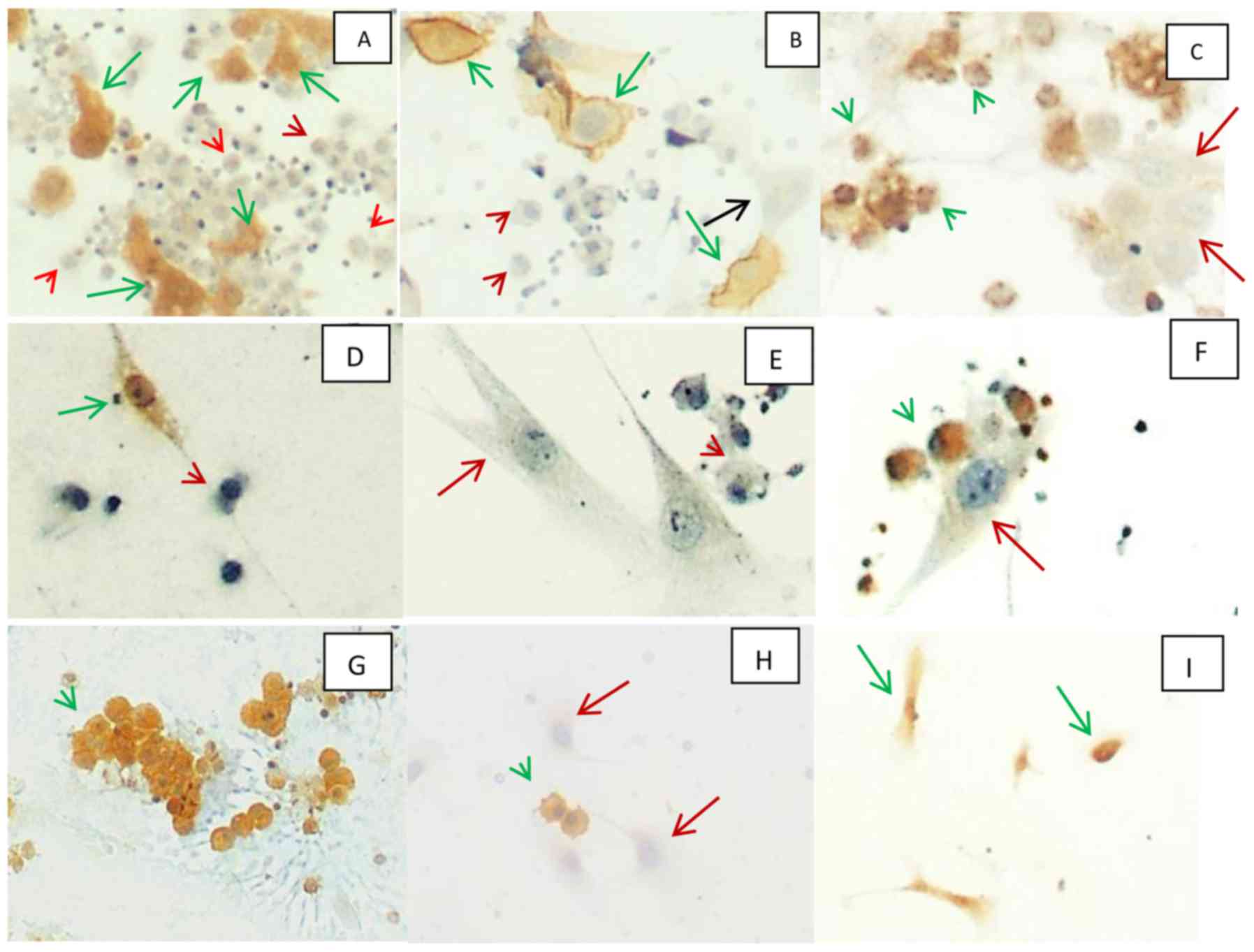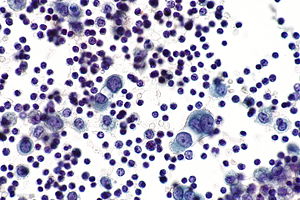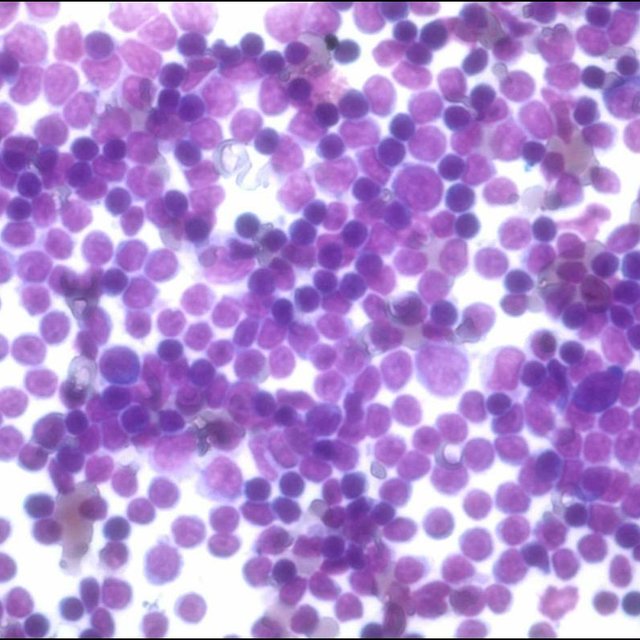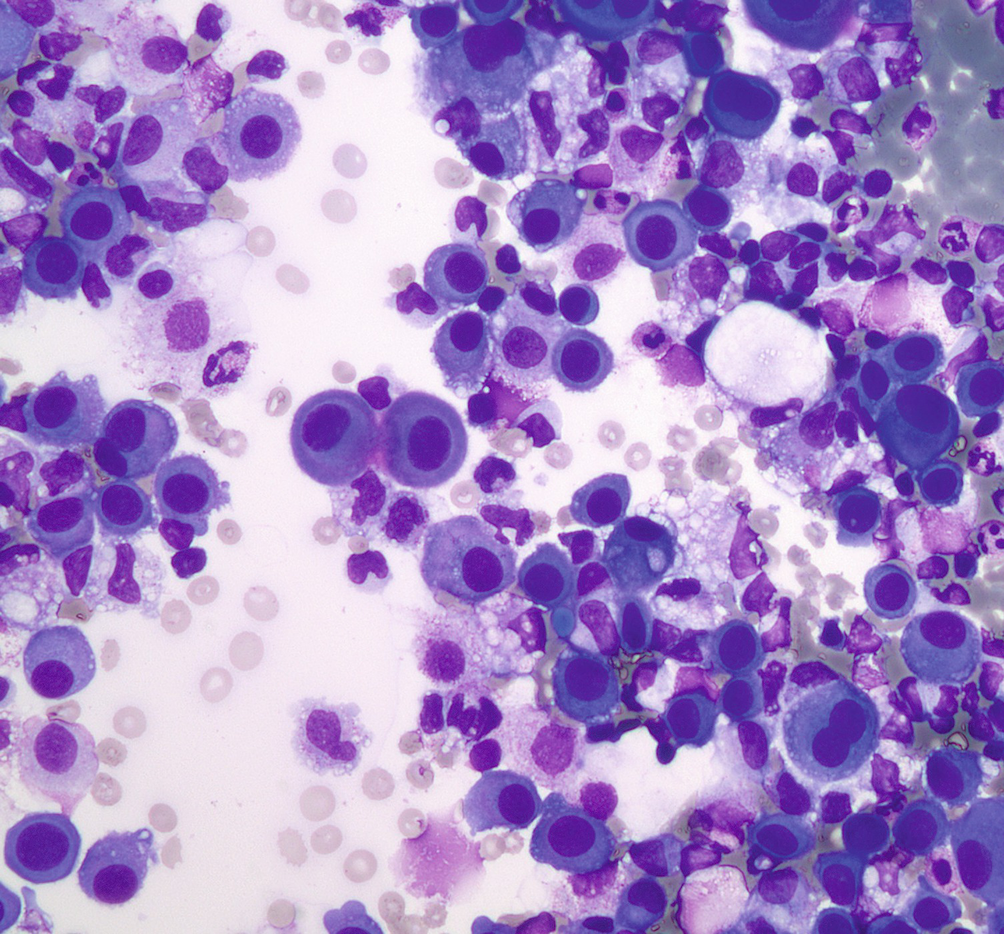Reactive pleural effusion showing mesothelial cells lymphocytes neutrophils and macrophages. The fluid can accumulate quickly if the mesothelial cells fail to function resulting in an unhealthy collection of fluids in the chest cavity.

Effusions Cytopathology Cellnetpathology
Numerous reactive mesothelial cells were present in only 12 of specimens examined.

Mesothelial cells in pleural fluid. Reactive mesothelial cells present in a background of abundant lymphocytes. This has a large ddx. This condition can be due to the presence of a bacterial viral or fungal infection.
It can also be the result of trauma or the presence of metastatic tumor. Reactive mesothelial cells reactive mesothelial cells in pleural fluid reactive mesothelial cells are found when there is infection or inflammation present in a body cavity. Pleural effusion mesothelial cells pleural effusion.
Negative for malignant cells. Pleural fluid right thoracentesis. Neoplastic transformation of mesothelial cells results in malignant mesothelioma an aggressive tumor especially the pleura.
Immunocytochemistry test resulted positive for calretinin marker antibody papanicolaou x100 x200 mesothelial cells pleuric mesothelioma. Numerous mesothelial cells are seen in this pleural fluid from a dog with a transudative effusion with concurrent diapedesis of red blood cells or hemorrhage. Mesothelial cells are found in variable numbers in most effusions but their presence at greater than 5 of total nucleated cells makes a diagnosis of tb less likely.
This is known as pleural effusion. Reactive mesothelial cells can be found when there is an infection or an inflammatory response present in a body cavity. Actively dividing mesothelial cells can mimic an adenocarcinoma.
Pleural fluid for total white blood cell wbc count and differential cell count should be sent in an anticoagulated tube. A patient may develop shortness of breath and vague chest pains while the fluid experiences a buildup in the chest cavity these are two of the most common. Eighty five samples of pleural fluid obtained from 76 patients with biopsy proven tuberculous pleurisy were examined cytologically.
Specific diagnoses benign eosinophilic pleuritis general. Mesothelial cells in pleural fluid. Additional sampling should be considered within the clinical context.
The mesothelial cells have central round nuclei with a moderate amount of light purple cytoplasm and a corona or fringe to the cytoplasmic borders. In contrast 653 of pleural fluid aspirates obtained from a control group of pati. There are certain cells that line the pleura the thin double layered lining which covers the lungs chest wall and diaphragm which are known as mesothelial cellsother than the pleura mesothelial cells also form a lining around the heart pericardium and the internal surface of the abdomen peritoneum.
Use of pleural fluid n. Trauma with air in the pleural cavity.
Http Www Cap Org Apps Docs Committees Hematology Educational Activities 2009 Cmb Pdf

Effusions Cytopathology Cellnetpathology

Pleural Fluid Smear Malignant Mesothelial Cells Lymphocytes Mgg Download Scientific Diagram

A Panel Of Markers For Identification Of Malignant And Non Malignant Cells In Culture From Effusions

Hjcam Iatrikh Zwwn Syntrofias Hellenic Journal Of Companion Animal Medicine Volume 6 Issue 1 2017 Pleural Effusion In The Cat A Focus On Laboratory Diagnosis
Http Www Cap Org Apps Docs Committees Hematology Educational Activities 2009 Cmb Pdf







